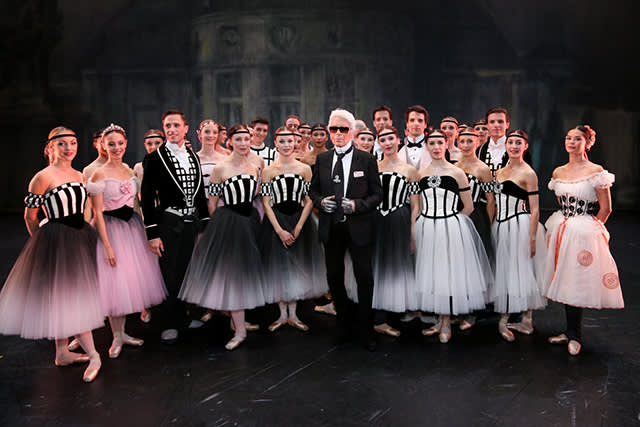Sonia Delaunay
Costume for the ballet Cleopatra, 1918
Rei Kawakubo and Merce Cunningham
Scenario, 1997
In 1909, Russian businessman and art patron Sergei Diaghilev opened the Ballet Russes, what many consider the most influential dance company in history. In founding the Ballet Russes, Diaghilev sought to democratize the aristocratic art form of ballet through captivating costumes and set designs; believing that groundbreaking artistic collaborations could promote interest and excitement in the art of dance.
From it’s inception until Diaghilev’s death in 1929, the Ballet Russes fostered a wide range of collaborations with early 20th century artists including Pablo Picasso, Joan Miró, Vasily Kandinsky, and Henri Matisse, and costume designers like Coco Chanel and Sonia Delaunay. Before Diaghliev’s involvement, fine art, dance, music and costume had never been combined in such an interdisciplinary manner, challenging perspectives and forever changing the discourse of fashion and the performing arts.
One of Diaghilev’s earliest and most frequent collaborators after bringing the Ballet Russes to Paris was artist Pablo Picasso, working together on several projects through the mediums of set design and costumes, as well as choreography. Picasso’s first production for the Ballet Russes was the 1917 performance entitled Parade, for which the Spanish artist designed a large show curtain and a deconstructed set, as well as countless colorful ensembles and cubist-inspired costumes made of cardboard, representing skyscrapers. Picasso’s love of the ballet expanded into his personal life in 1918 when he married his first wife, Russian ballerina Olga Khokhlova. Olga was the primary subject in countless of Picasso’s most notable portraits, including the 1917-18 work, Olga in an Armchair.
Pablo Picasso
Costume Designed for Parade, 1917
Pablo Picasso
Horse Costume Designed for Parade, 1917
Pablo Picasso
Skyscraper Costume Designed for Parade, 1917
Pablo Picasso
Skyscraper Costume Designed for Parade, 1917
Pablo Picasso
Olga in an Armchair, 1917-18
While famed orphism painter and textile artist Sonia Delaunay created a number of significant costumes for the Ballet Russes – her most notable design was a heavily-beaded, colorful ensemble with geometric quilting for the 1918 performance of Cleopatra – it was in 1924 that Parisian haute couture first found its way into the ballet when Sergei Diaghilev invited Coco Chanel to design costumes for the production Le Train Bleu. With a storyline by French writer Jean Cocteau and a set curtain that reproduced Picasso’s work Two Women Running on the Beach (The Race), 1922, Le Train Bleu was one of the Ballet Russes’s most ambitious and comprehensive shows to date.
Coco Chanel
Costumes for Le Train Bleu, 1924
Cast of Le Train Bleu, 1924
Pablo Picasso
Front Cloth used for Le Train Bleu, 1924
Two years later, in 1926, Diaghilev tapped Spanish painter Joan Miró to create the set and costumes for William Shakespeare’s Romeo & Juliet. Miró continued collaborating with the Ballet Russes following Diaghilev’s death and later designed costumes for the production Jeux d’Enfants in 1932.
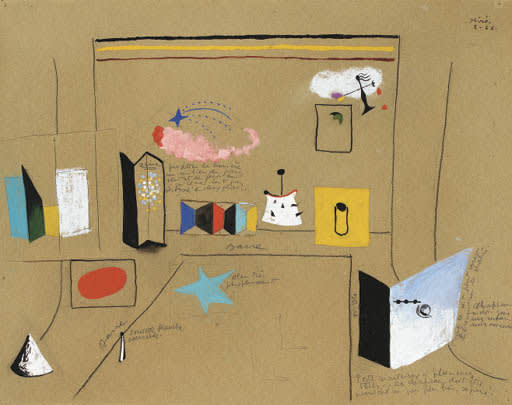
Joan Miró
Set design for Romeo and Juliet, 1926
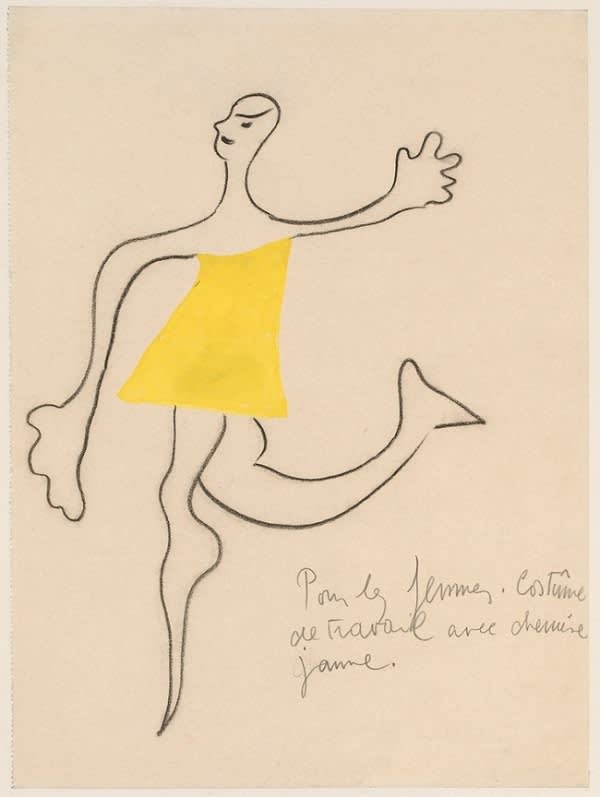
Joan Miró
Costume Design for Romeo and Juliet, 1926
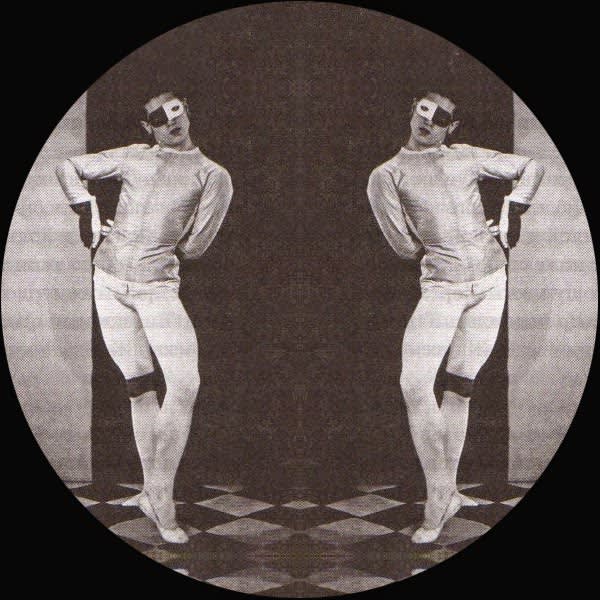
Joan Miró
Costumes Designed for Romeo and Juliet, 1926
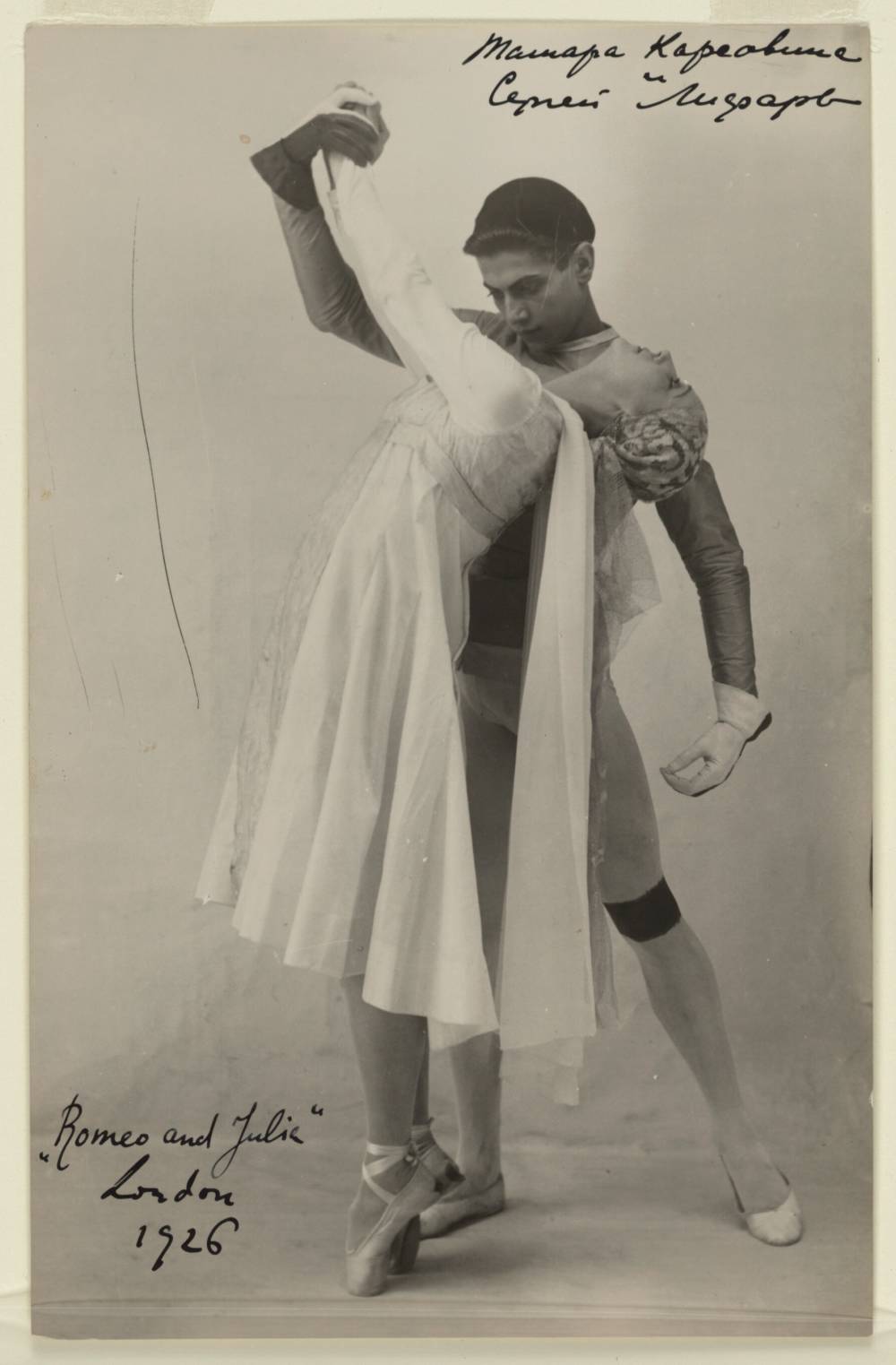
Joan Miró
Costumes Designed for Romeo and Juliet, 1926

Joan Miró
Costume Design for Jeux d’Enfants, 1932
Like Picasso, artist Henri Matisse engaged in a fruitful relationship with Diaghilev and the ballet, one that reciprocated to inform his formal work as an artist. In 1920, Matisse designed an entire suite of colorful costumes for the premier production of Le Chant du Rossignol (The Song of the Nightingale). In 1932, Matisse was inspired so greatly by the art of dance that he produced a site-specific mural at the Barnes Foundation titled “The Dance”. By the later 1930s Matisse had taken to exploring cut-outs and employed this technique in the creation of costumes for a 1938 ballet titled Rouge et Noire. The artist first studied the bodies of the principle dancers in motion, adding cut out elements to specific areas on the dancer's bodies to accentuate poetry in their movements.
Henri Matisse
Costume for The Song of the Nightingale, 1920
Henri Matisse
Costume for The Song of the Nightingale, 1920
Henri Matisse
Costume for The Song of the Nightingale, 1920
Henri Matisse
Costume for The Song of the Nightingale, 1920
Henri Matisse
Costume for Rouge et Noir, 1938
Henri Matisse
Costume for Rouge et Noir, 1938
Henri Matisse
Costumes for Rouge et Noir, 1938
Henri Matisse
Costume Design for Rouge et Noir, 1938
Although he never collaborated directly with monsieur Diaghilev at the Ballet Russes, Salvador Dali was a longtime admirer of dance. In 1939 the Spanish artist employed his surrealist sensibilities in the set and costume designs for the Ballet, Bacchanale. Dali first produced a painting depicting the set’s commanding Swan backdrop and melting landscape, and created tulle costumes as well as a Venus ensemble, which gave the illusion that the female dancer was emerging from a seashell entirely nude.
Salvador Dali
Bacchanale Set, 1939
Salvador Dali
Costumes for Bacchanale, 1939, Photograph by Horst P. Horst
Salvador Dali
Venus Costume for Bacchanale, 1939
In an era when Sergei Diaghilev and the Ballet Russes were captivating the romantic souls of Parisians, German choreographer Oskar Schlemmer was developing the Triadic Ballet while teaching at the Bauhaus School in Germany. This avant-garde, highly mechanized performance was a radical interpretation of choreography. Schlemmer’s tactile approach to the ballet was represented through his focus on geometry of the human form. The Triadic Ballet was based on the principles of trinity – 3 acts and 3 participants – each scene with its own impetus and mood; reflecting on the sensual and spontaneous elements of traditional dance, while using groundbreaking techniques in movement and design. Schlemmer’s reimagining of a classic art form like dance opened the world of ballet up to a future of innovation.
Oskar Schlemmer
The Triadic Ballet, 1922
Oskar Schlemmer
The Triadic Ballet, 1922
Oskar Schlemmer
The Triadic Ballet, 1922
Oskar Schlemmer
The Triadic Ballet, 1922
Oskar Schlemmer
The Triadic Ballet, 1922
Oskar Schlemmer
The Triadic Ballet, 1922
Since the mid 20th century, designing costumes for prominent ballet productions has become somewhat of a right-of-passage for contemporary fashion designers. Yves Saint Laurent first created costumes for one of his longtime muses, dancer Zizi Janmaire, for the Paris Ballet in 1963; the designer was so smitten with the world of dance that in 1976 he showed an entire haute couture collection devoted to Diaghilev’s Ballet, aptly named, “Óperas – Ballet Russes”.
Yves Saint Laurent
Zizi Jeanmaire, 1963
Yves Saint Laurent
Fall/Winter 1976/77 Couture - 'Ballets Russes' Collection
In 1987, Italian designer Gianni Versace produced a number of elaborate ballet costumes for the Royal Opera House in London, one in particular, bearing tremendous similarity to the Cleopatra costume designed by Sonia Delaunay for the Ballet Russes, some six decades before. In 1993, Japanese designer Issey Miyake collaborated with choreographer William Forsythe on a ballet called “Loss of Small Detail,” while in 1997 Merce Cunningham famously collaborated with Rei Kawakubo to bring Comme des Garçons’ spring 1997 ‘Lumps and Bumps’ collection to center stage, quite literally.
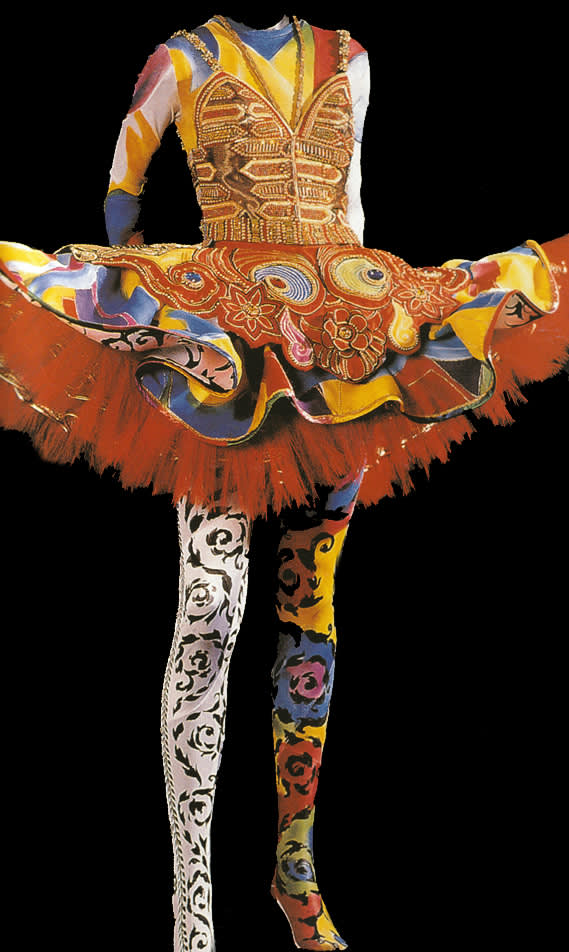
Gianni Versace
Ballet Costume, 1987
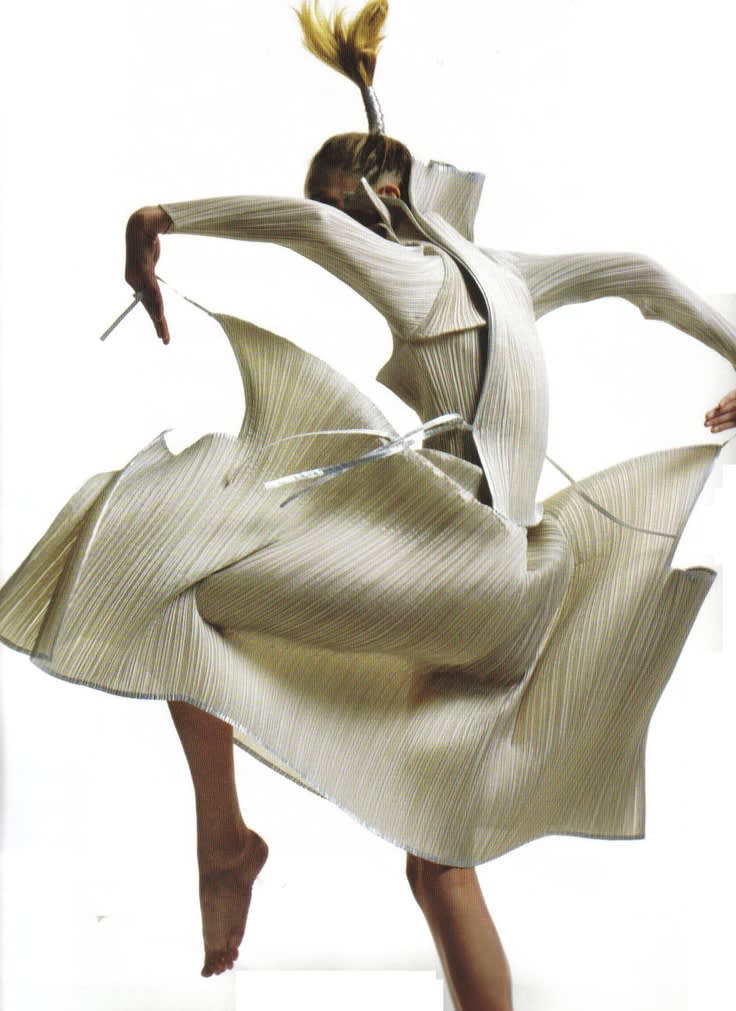
Issey Miyake
Ballet Costume, 1993

Rei Kawakubo and Mercer Cunningham
Ballet Cosumtes for Scenario, 1997
From 2000 onwards, interest in the art of dance grew significantly. Today, almost every great living fashion designer has collaborated in some context with the ballet. In 2012, following the tremendous success of the film Black Swan, Rodarte’s Kate and Laura Mulleavy designed costumes for the New York City Ballet, as did Valentino, using his trademark Red as a defining hue. Christian Lacroix designed costumes for La Source at the Paris Opera Ballet in 2012, which were representative of his feminine, highly embellished aesthetic, while Jean Paul Gaultier employed his sexualized, ornate design ethos when creating the costumes for the ballet Snow White.
Since 2013, international designers from Azzedine Alaia and Alexander McQueen's Sarah Burton, to Karl Lagerfeld, conceptual designer Hussein Chalayan and Miuccia Prada, have all had turns developing clothing for dancers. From the stage of the Ballet Russes to the canvases of fine artists and the workrooms of high fashion ateliers, the impact of dance spreads far and wide, and shows no signs of slowing down.
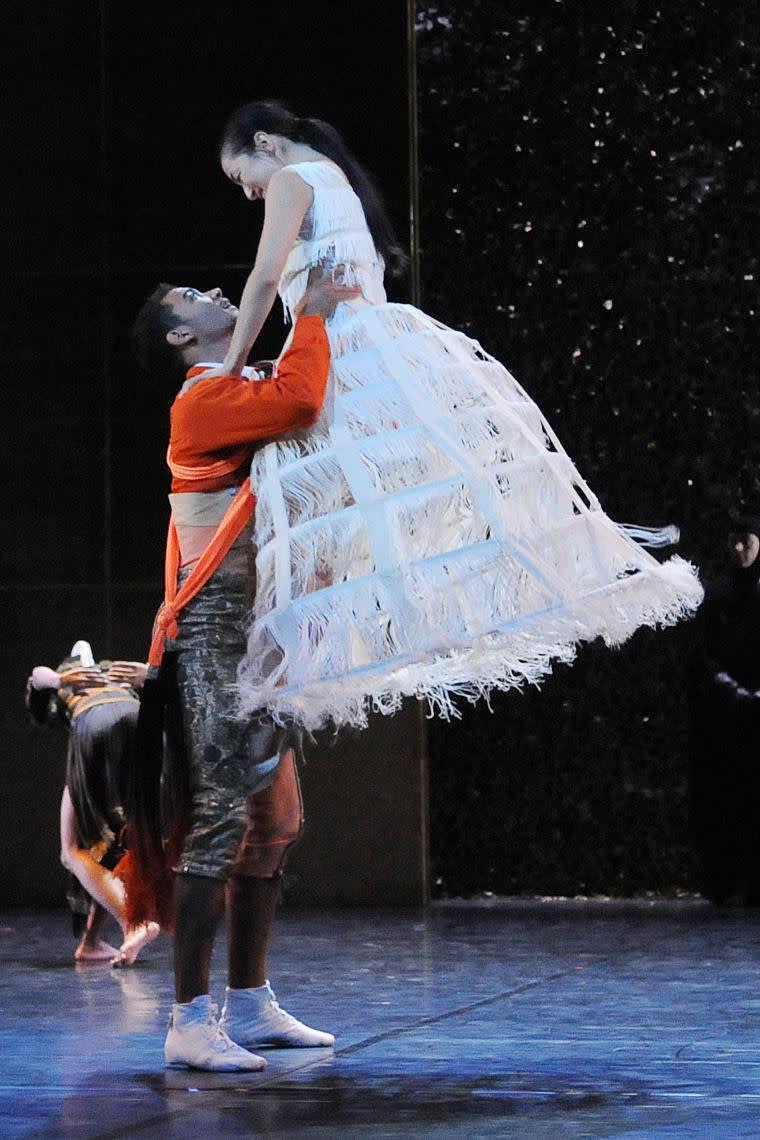
Jean Paul Gaultier
Costumes for Snow White, Ballet Preljocaj, 2012
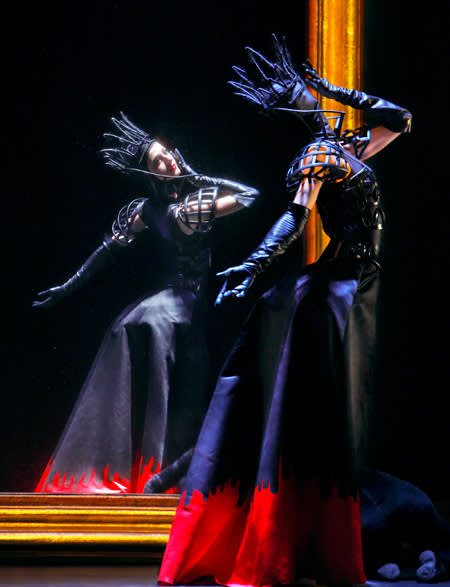
Jean Paul Gaultier
Costumes for Snow White, Ballet Preljocaj, 2012
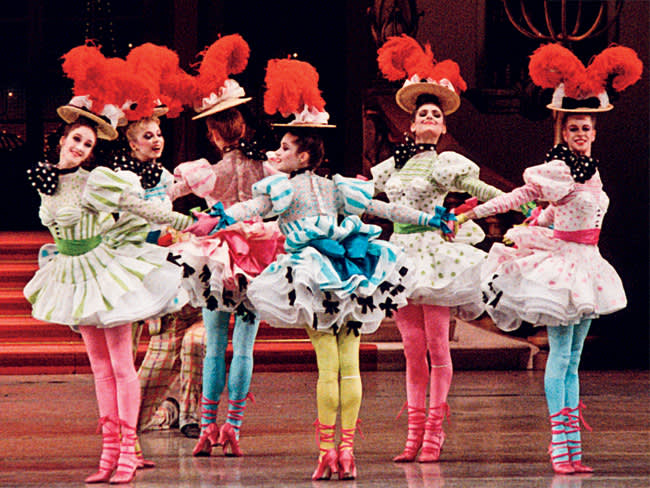
Christian Lacroix
Costumes for La Source, Paris Opera Ballet, 2012
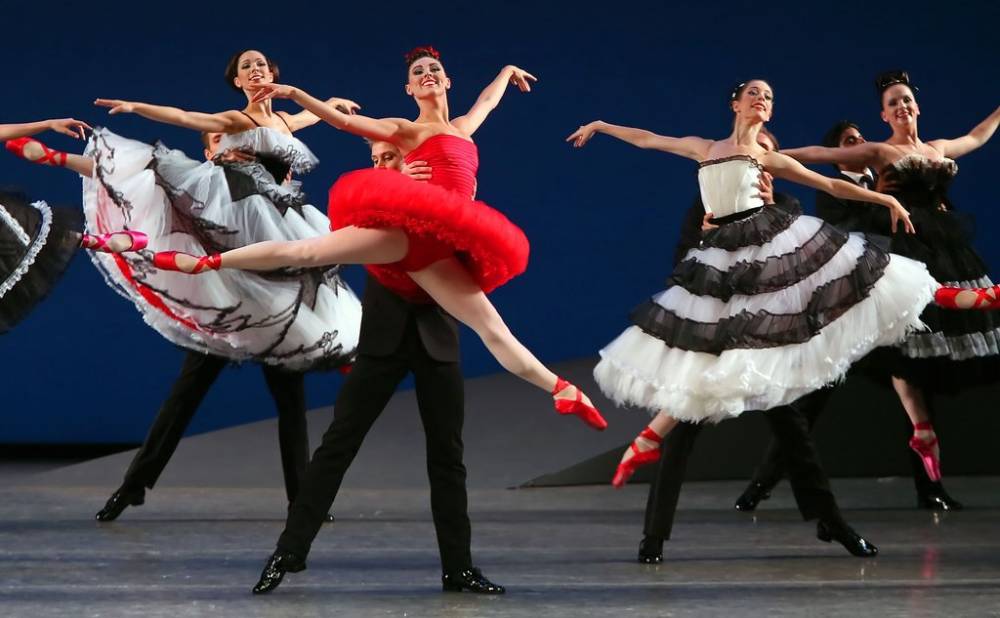
Valentino
Costumes for the New York City Ballet, 2012
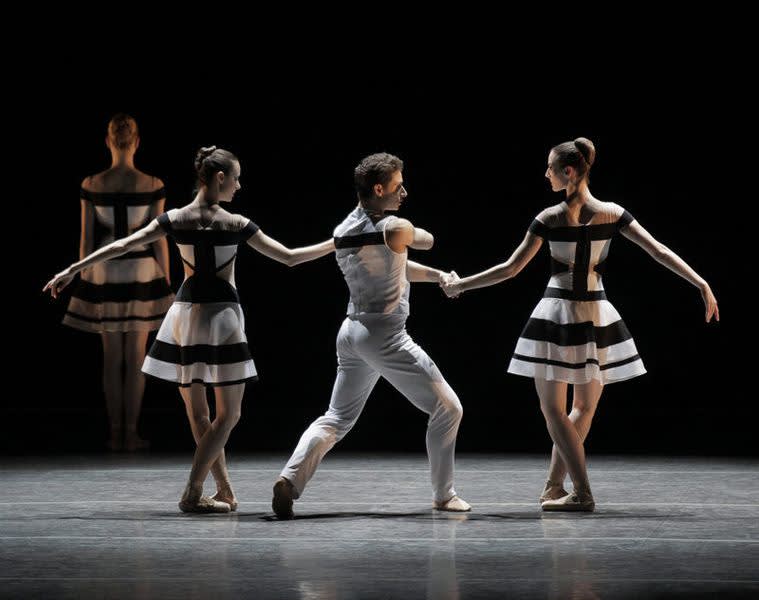
Rodarte
Costumes for Two Hearts, New York City Ballet, 2012
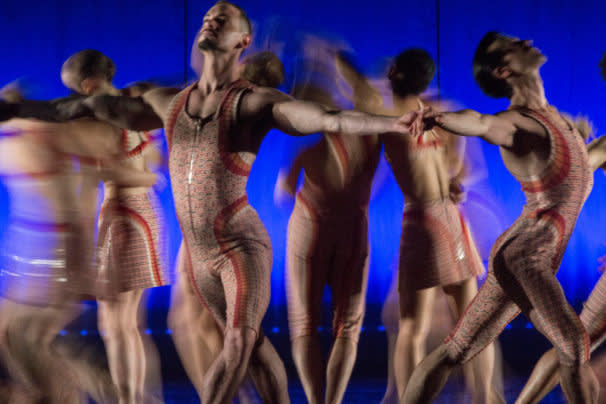
Azzedine Alaïa
Costumes for Les Nuits, Ballet Preljocaj, 2013
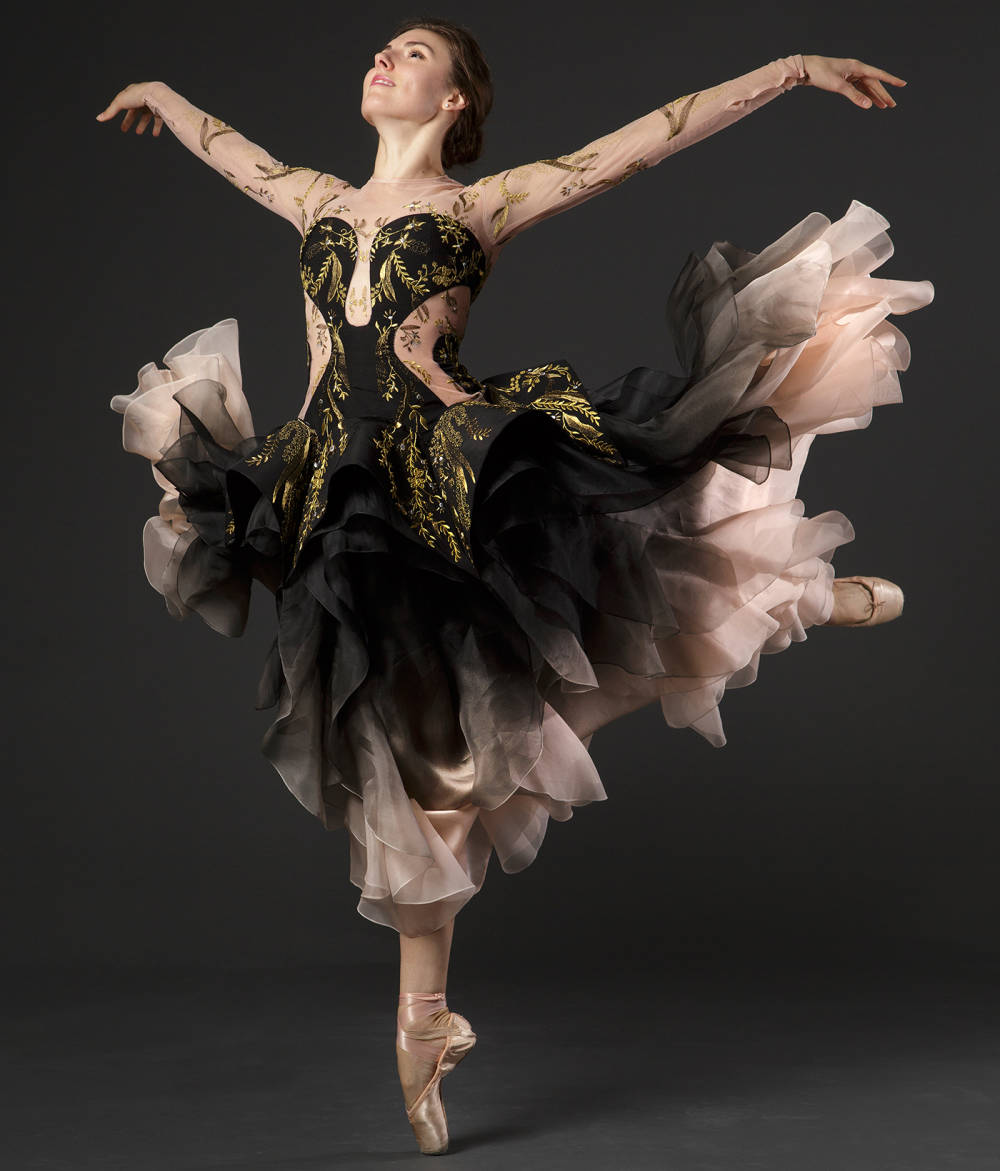
Sarah Burton for Alexander McQueen
Costumes for Funérailles, New York City Ballet, 2014
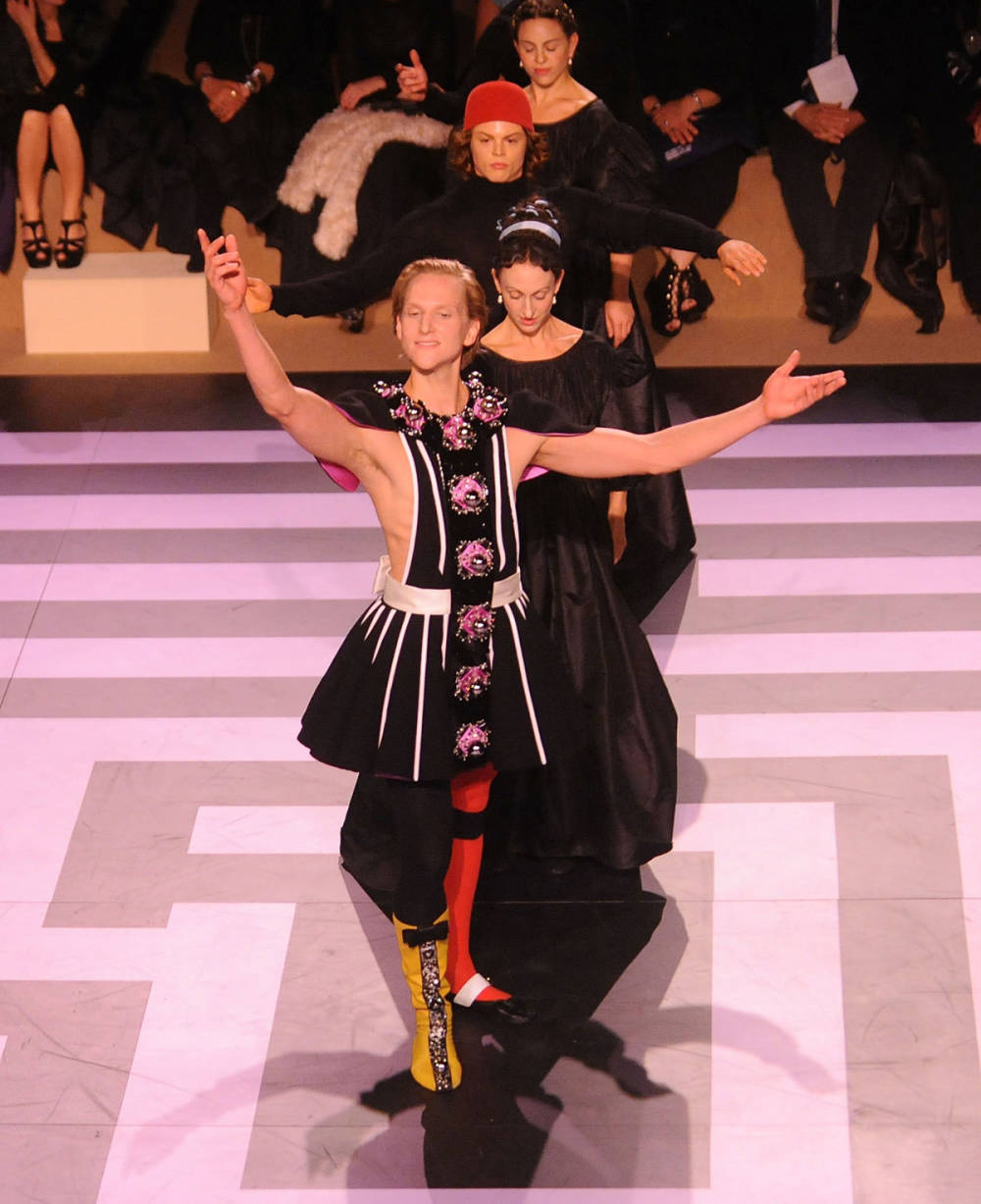
Prada
Costumes for Fortuna Desperata, Performa Commission by Francesco Vezzoli and David Hallberg, 2015
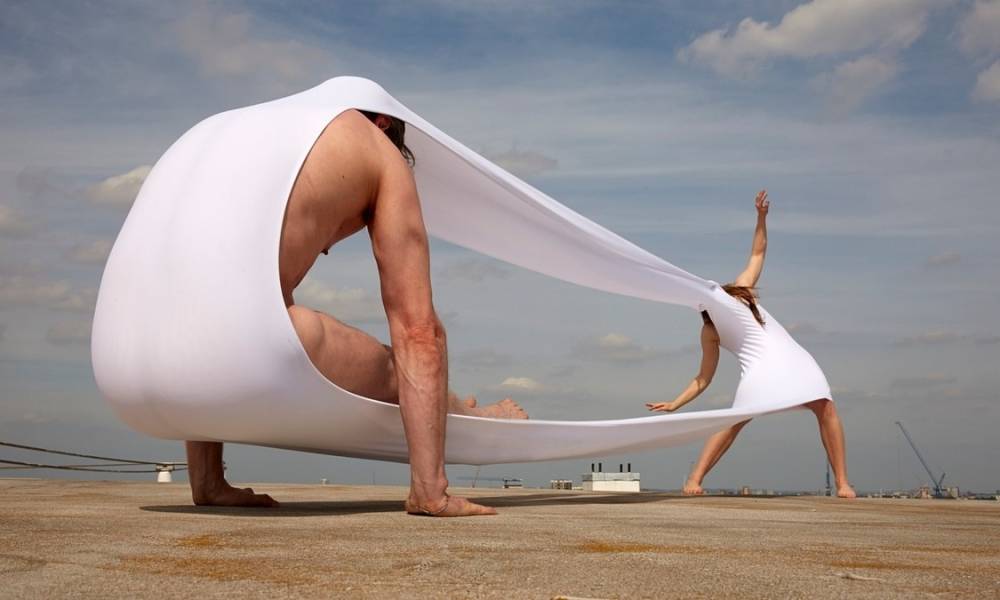
Hussein Chalayan
Costumes for Gravity Fatigue, Sadler’s Wells, 2015
